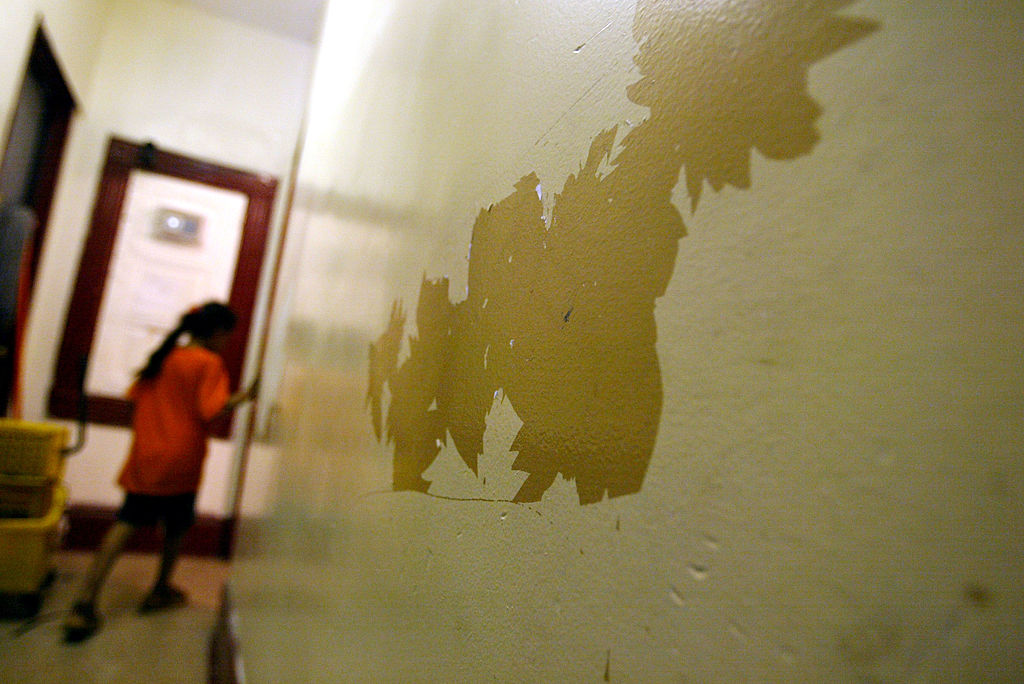New Guidelines Issued to Eliminate Lead Paint Dust in Homes and Childcare Centers


The Biden administration has made a significant stride in eliminating lead hazards that have persisted in many homes and childcare facilities across the United States. On Thursday, the U.S. Environmental Protection Agency (EPA) announced new requirements aimed at removing dangerous lead dust, a move that could have far-reaching implications for public health, particularly for children.
Tackling the Lead Hazard Crisis
Under these new regulations, any building exhibiting detectable levels of lead dust will now be classified as a “lead hazard.” This means that landlords and property owners will be responsible for covering the expenses associated with extensive clean-up efforts. After the remediation, areas will be retested to ensure that lead levels fall below the newly established thresholds.
The proposed standards considerably tighten the limits on lead dust that can remain after clean-up. The new limits set out by the EPA specify that lead dust concentrations on floors should be no higher than 5 micrograms per square foot. In contrast, window sills can hold up to 40 micrograms per square foot, while window troughs should not exceed 100 micrograms per square foot. Previously, the hazardous levels were 10 micrograms per square foot for floors and 100 micrograms for windowsills.
The Health Implications of Lead Exposure
Why does this matter? Lead exposure is especially harmful to children, affecting their brain development and nervous system. Young children are particularly vulnerable because their bodies and brains are still developing, making them susceptible to the toxic effects of lead. Historically, lead was commonly added to paints to enhance durability and resistance to moisture, but the dangers it posed prompted the U.S. to ban lead-based paint in residential properties back in 1978.
Shockingly, despite the ban, approximately 31 million homes in the U.S. were built before this regulation came into effect, with many located in low-income neighborhoods and communities of color, which suffer disproportionately from lead exposure. The EPA has highlighted that around 3.8 million homes are occupied by at least one child aged five or younger, underscoring the immediacy of the issue. According to projections, the new limits could reduce lead exposure for up to 1.2 million individuals annually, including approximately 326,000 children under six.
A Comprehensive Approach to Lead Removal
The introduction of these lead dust requirements aligns with the Biden administration’s broader initiative to address lead hazards comprehensively. Earlier this month, the administration mandated that water utilities must replace lead pipes within a decade. It’s estimated that around 9 million homes still have lead pipes, posing a dangerous risk to residents.
Funding for this substantial pipe replacement initiative will be provided by the Bipartisan Infrastructure Act, which allocated an impressive .6 billion specifically for this effort. The combination of efforts to tackle lead in both housing and water systems showcases a commitment to protect vulnerable populations, especially children, from a preventable health crisis.
Conclusion: A Healthier Future for Our Children
As cities and communities work to rid their environments of harmful lead dust, it becomes increasingly clear that this initiative reflects a significant turning point in public health policy. The administration’s focus on both lead dust and water quality is not just an environmental issue but a critical public health matter that seeks to ensure that future generations grow up in safer and healthier spaces.
The new regulations are a reminder of the ongoing battle against lead and other toxic substances in our homes. As these measures take effect, the hope is to pave the way for a lead-free future, significantly reducing the risk of chronic health problems linked to this toxic metal. As the nation embarks on this critical journey, parents and caregivers can breathe a little easier knowing that steps are being taken to protect the most vulnerable among us. The landscape of our homes, schools, and communities can become safer, and as advocates push for implementation and compliance, there is hope for real change.
For useful information about lead exposure and prevention, stay tuned as we keep you updated on this critical issue.





